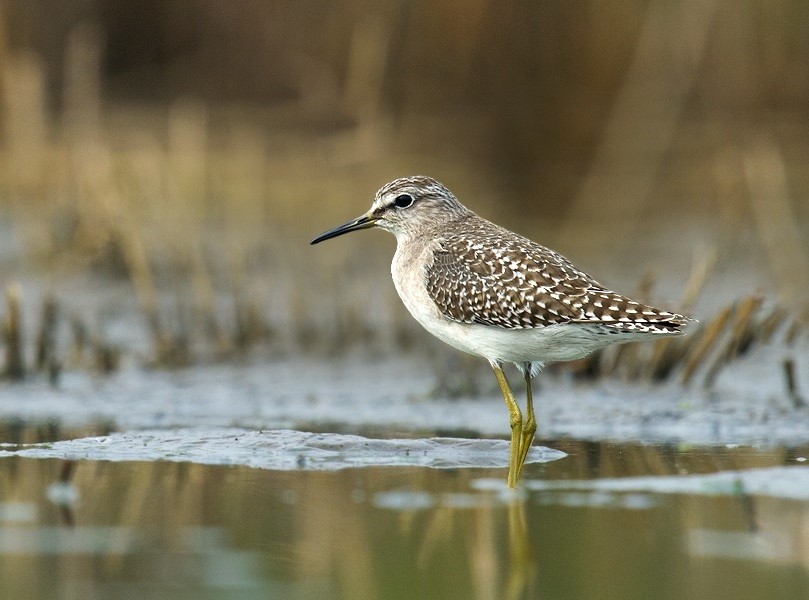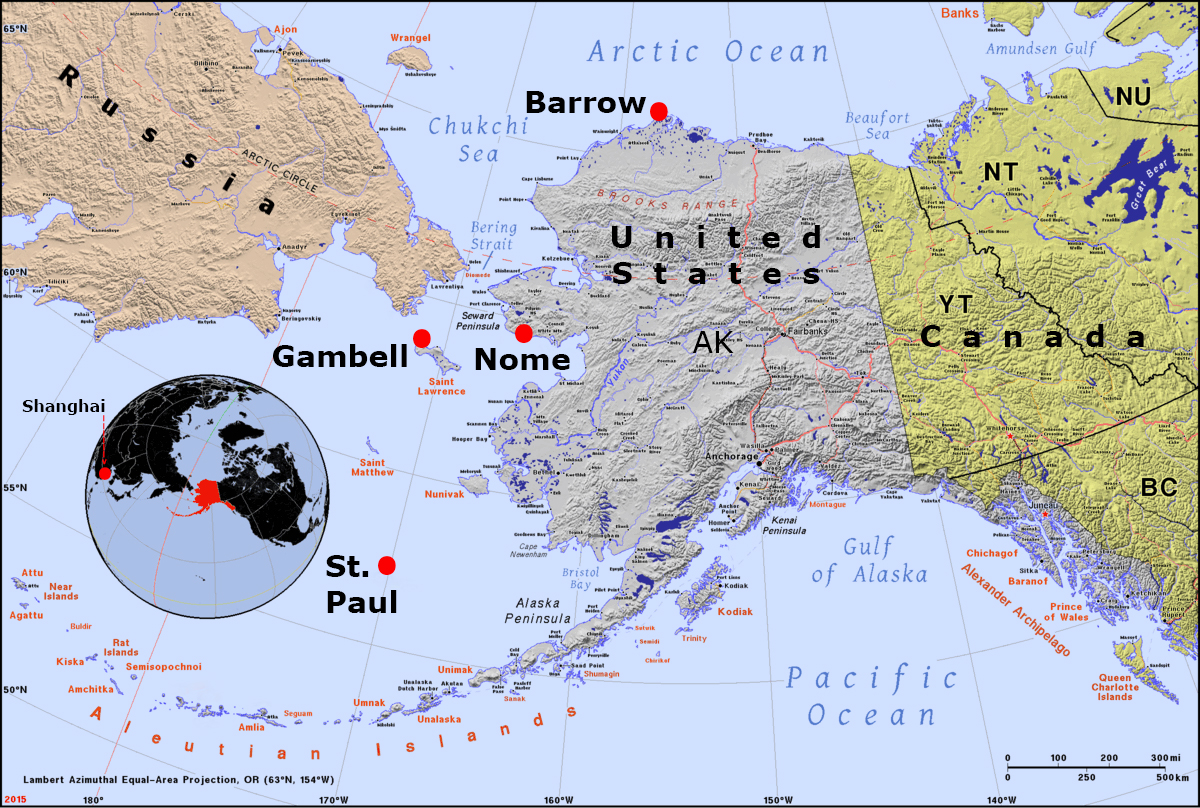
by Chris Feeney
for shanghaibirding.com

I have been a birdwatcher almost my entire life. I was a career U.S. Army officer, spending 26 years in the military. I had a good bird list before I went into the Army. Once I retired from the military and a follow-on job, I started to seriously work on my life list. I birded places like Arizona, Florida, Texas, and California. I built my ABA list (American Birding Association, then covering the contiguous United States, Canada, and Alaska) to a respectable number—the high 600’s.
I knew that if I wanted to get to more than 700 birds, I would have to go to Alaska. I also knew that if I birded Alaska, I would have an increased chance to observe Eurasian strays.
This post is about my first trip in the fall of 2010. Areas that I will focus on are Gambell on St. Lawrence Island, St. Paul Island, and Nome on the mainland. In later posts, I will mention those three plus Adak in the Aleutian Islands.
The first Alaskan trip came about this way: At Cape May, New Jersey I met Mike Smith, a birder who lived in Anchorage, Alaska. He told me that if I made a trip to Alaska then I could base out of his house. He also said he would join me for part of the trip.
I started out in Nome in mid-August. Around Nome you can have everything from high tundra to boreal forest. Nome has three roads that go out about 70 miles (110 km). One goes east to Council, one goes west to Teller, and the other goes north into the wilds. The northern road is famous for having a small population of Bristle-thighed Curlew. They had already departed by the time I got to Nome. Several birds that are primarily Eurasian have breeding areas that carry over into Alaska. Arctic Warbler, Bluethroat, and Northern Wheatear nest in Alaska and then traverse the Bering Sea back to Russia and their wintering grounds.
I saw my first Arctic Warbler on the Nome to Teller road. On that same road I started to see groups of 4 to 6 Northern Wheatear. The road is 73 miles (118 km) long, and I saw wheatears over the entire distance. These birds were headed for the coast and their flight to Russia. I had hit the main fall migration push of these birds. I estimated observing several thousand birds, as I was never out of sight of them the entire way. I heard a Bluethroat on the Nome to Teller road, but it was skulking in thick underbrush, and I never saw it. My only other Eurasian birds around Nome were 2 juvenile Ruff that were on Safety Sound off the Nome to Council road.
My next stop was Gambell. Gambell is a small native village on the northwest side of St. Lawrence Island in the Bering Sea. Birders have access to about 10 square miles (26 sq. km) of the island, paying a fee to bird that area. Birders can access the entire island, but a much larger fee is required, and there is a requirement to have a local guide. All-terrain vehicles are a necessity, as the pea gravel makes moving quickly between sites impossible. ATVs can be rented from the locals. The only place to stay is the Gambell lodge—basic, but for birders it is good.
In mid-August Arctic Warbler were passing through, as were a few Northern Wheatear. I saw my first Bluethroat there as well. I was able to locate 2 Siberian Sand Plover. Little did I realize that Gambell would be a recurring spot in future Alaska visits and would add a significant number of Eurasian birds to my list.
Following Gambell I linked up with Mike Smith. We visited Homer and took the ferry to Dutch Harbor before flying to St. Paul Island in mid-September. A tour group was leaving on the same airplane that we flew in on. The tour leader told us that they had found Jack Snipe in one of the nearby marshes. Our tour guide took us out to the marsh and we found the Jack Snipe, a very unexpected bird. We then went to the Town Marsh, where Sharp-tailed Sandpiper had been seen. Adult Sharp-tailed Sandpiper take a normal route through Asia to their wintering grounds. However, a number of juvenile birds cross into Alaska before heading south. We found several in the Town Marsh. Another bonus bird for me in the marsh was Wood Sandpiper. Wood Sandpiper are fairly regular vagrants in Alaska, but in most places they are not seen every year.
That night a bad storm hit St. Paul. Winds were very heavy. The next day broke clear and with no winds. We started to land-bird. One of the better spots is Zapadni Ravine. It is a deep ravine with steep sides. Mike Smith took the top of the ravine on the right, I took the high side on the left, and our guide walked through the ravine on the bottom. Halfway through the ravine a small bird flushed and landed on a rock about 20 yards from me. I could hardly believe it; I was looking at a Siberian Accentor. This bird possibly had arrived on the winds from the night before, or it could have already been on the island. Regardless, it was a great life bird.
Later in the day we were at the northeastern part of the island at a place called Hutchinson Hill. In the past some very good birds had been found there, including Red-flanked Bluetail and Rufous-tailed Robin. We were approaching a small patch of wild celery when our guide said there was an Orange-crowned Warbler working in the celery. He then said that another bird was in the celery. I could not get on the birds. Then Mike Smith said, “Do you have kinglets here?” The guide had not answered when I got on the second bird. It was a Yellow-browed Warbler, the rarest Eurasian bird on the trip.
Mike and I went to Barrow in early October to see Ross’s Gull. They are fairly common if you can time your visit to their main feeding push. They cross the Bering Strait and feed in the Arctic Ocean before heading to their wintering grounds. We saw several thousand on our first two days at Barrow. Numbers dropped significantly after that.
So ended my first Alaskan bird trip. I was hooked on finding Eurasian strays after this trip, and even before I left I was planning my return.
PHOTOS
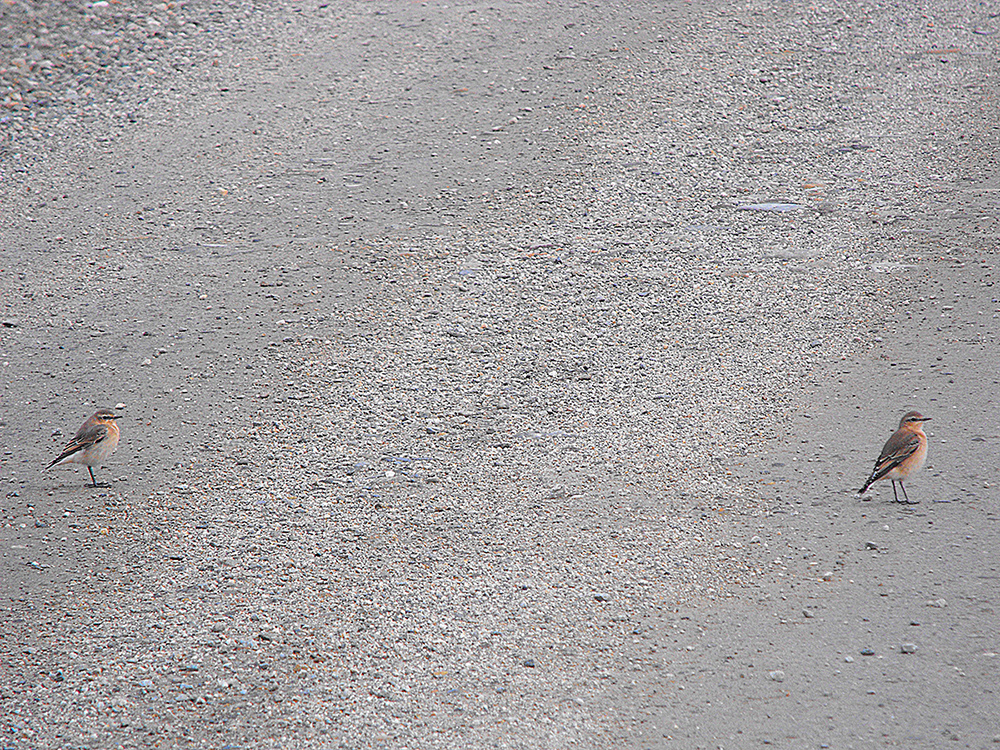
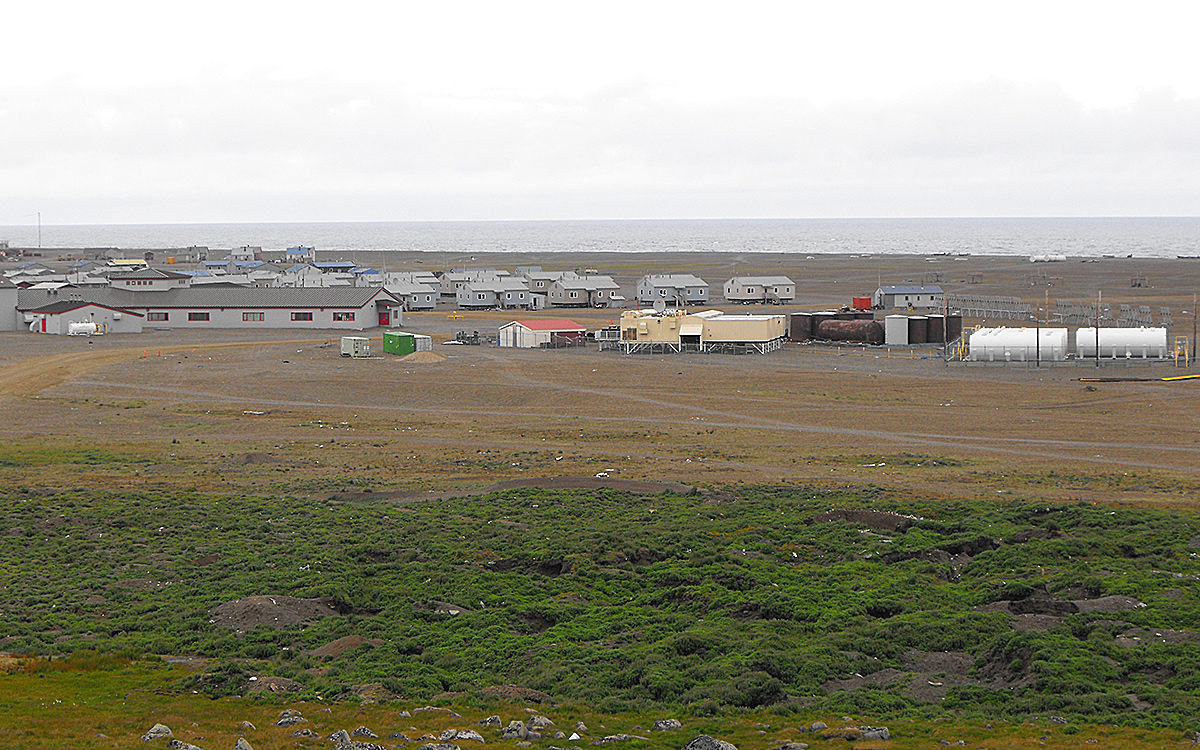
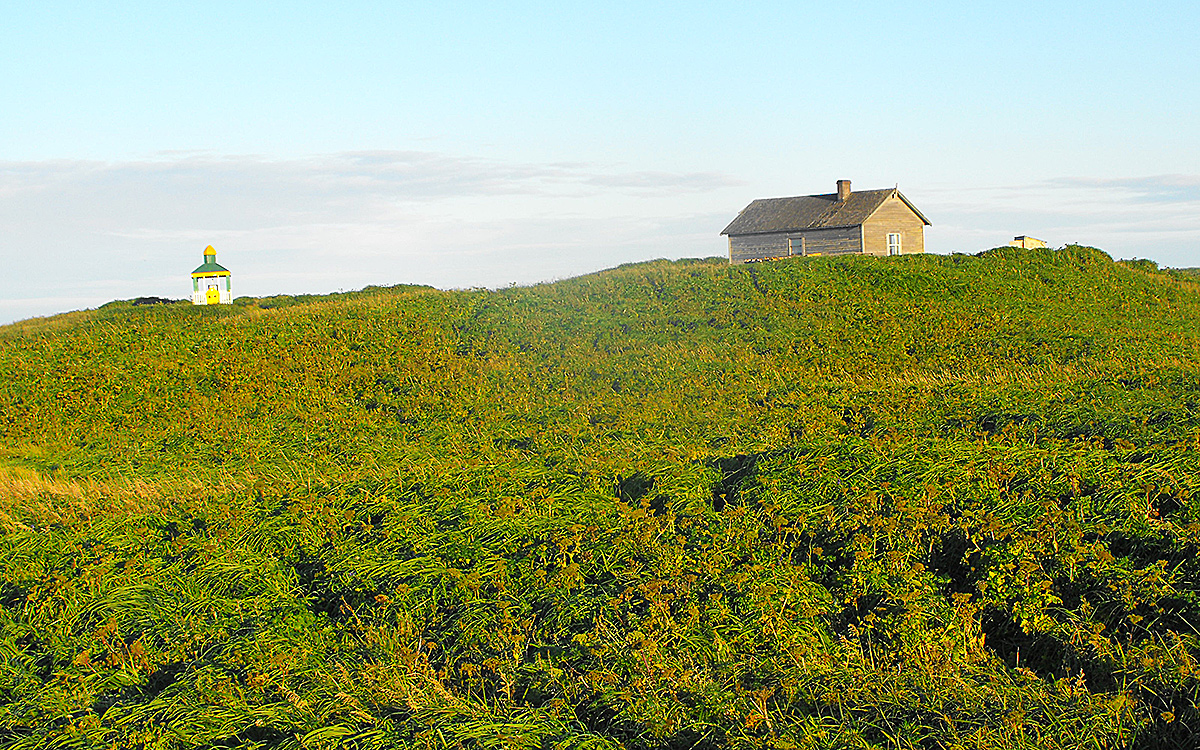
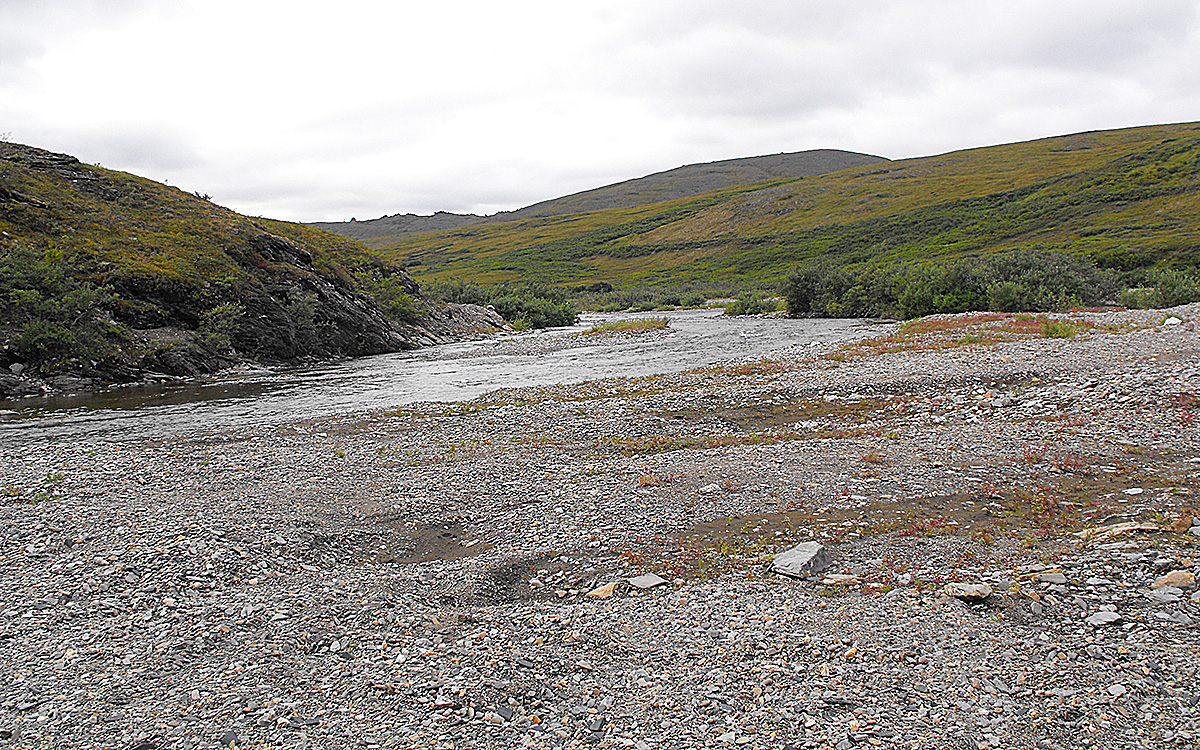
THE BIRDS OF SIBERIA, THE RUSSIAN FAR EAST, AND ALASKA
This post is part of shanghaibirding.com’s series on East Asian birds in Siberia, the Russian Far East, and Alaska:
Russia
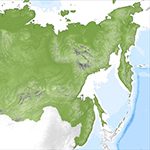
• Siberian Grouse and Blakiston’s Fish-Owl at Sikhote-Alin in the Russian Far East
• Birds of Siberia’s Yamal Peninsula
• Experiencing Kamchatka Leaf Warbler on Russia’s Kamchatka Peninsula
• Yellow-breasted Bunting on the Kamchatka Peninsula
Alaska
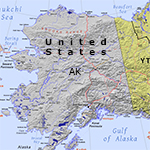
• Breeding Arctic Warbler Plus Vagrant Yellow-browed Warbler and Siberian Accentor in Alaska (you are here)
• Terek Sandpiper, Rufous-tailed Robin, and Dark-sided Flycatcher on St. Paul Island, Alaska
• Siberian Rubythroat, Olive-backed Pipit, and Red-necked Stint at Gambell and Nome, Alaska

